Psychedelics Vs Hallucinogens: Understanding the Differences and Benefits
Introduction:
Psychedelics and hallucinogens are often used interchangeably, but there are some important distinctions between the two. While both categories of substances can alter perception and induce hallucinations, they have different effects on the mind and body. In this blog, we will explore the differences between psychedelics and hallucinogens, their potential benefits, and how they are being researched and used in various contexts.
magic mushrooms
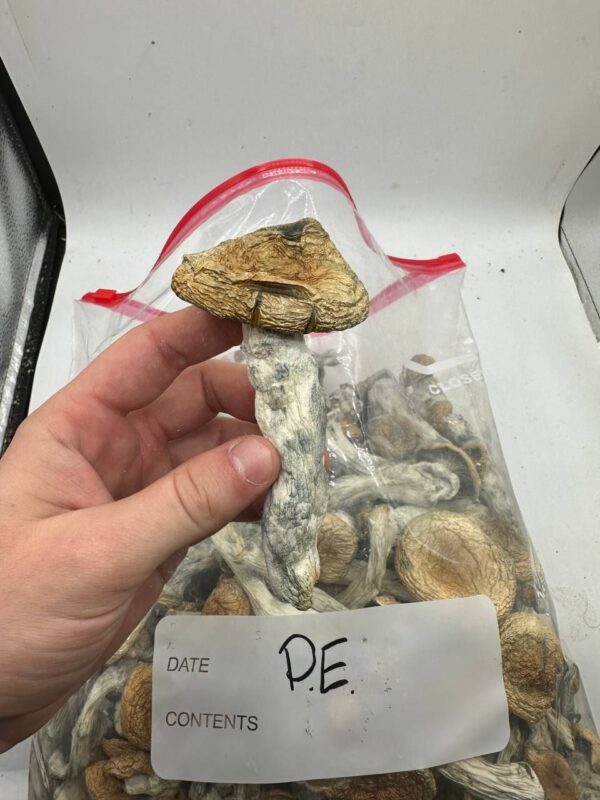
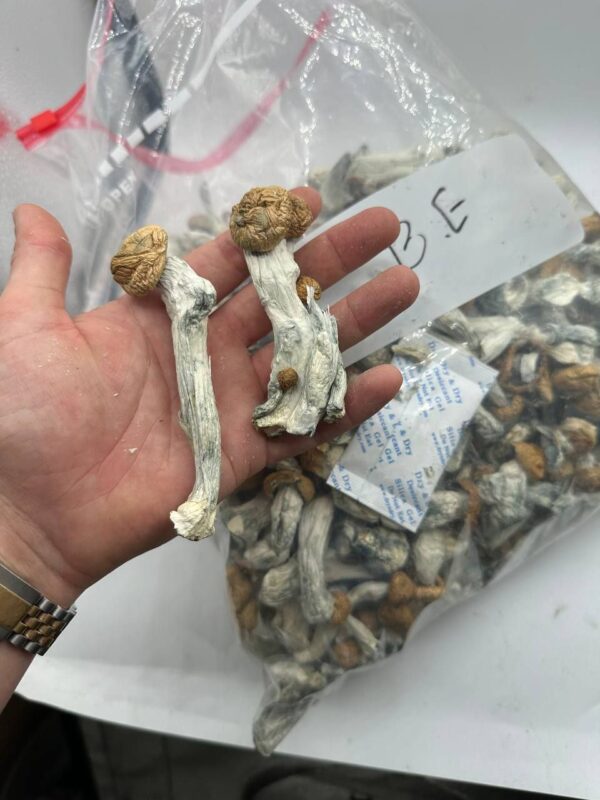
Healing with an evolutionary community of pure organic psychedelics.
Follow us and connect with Mother Nature into a multiverse cross trans dimension
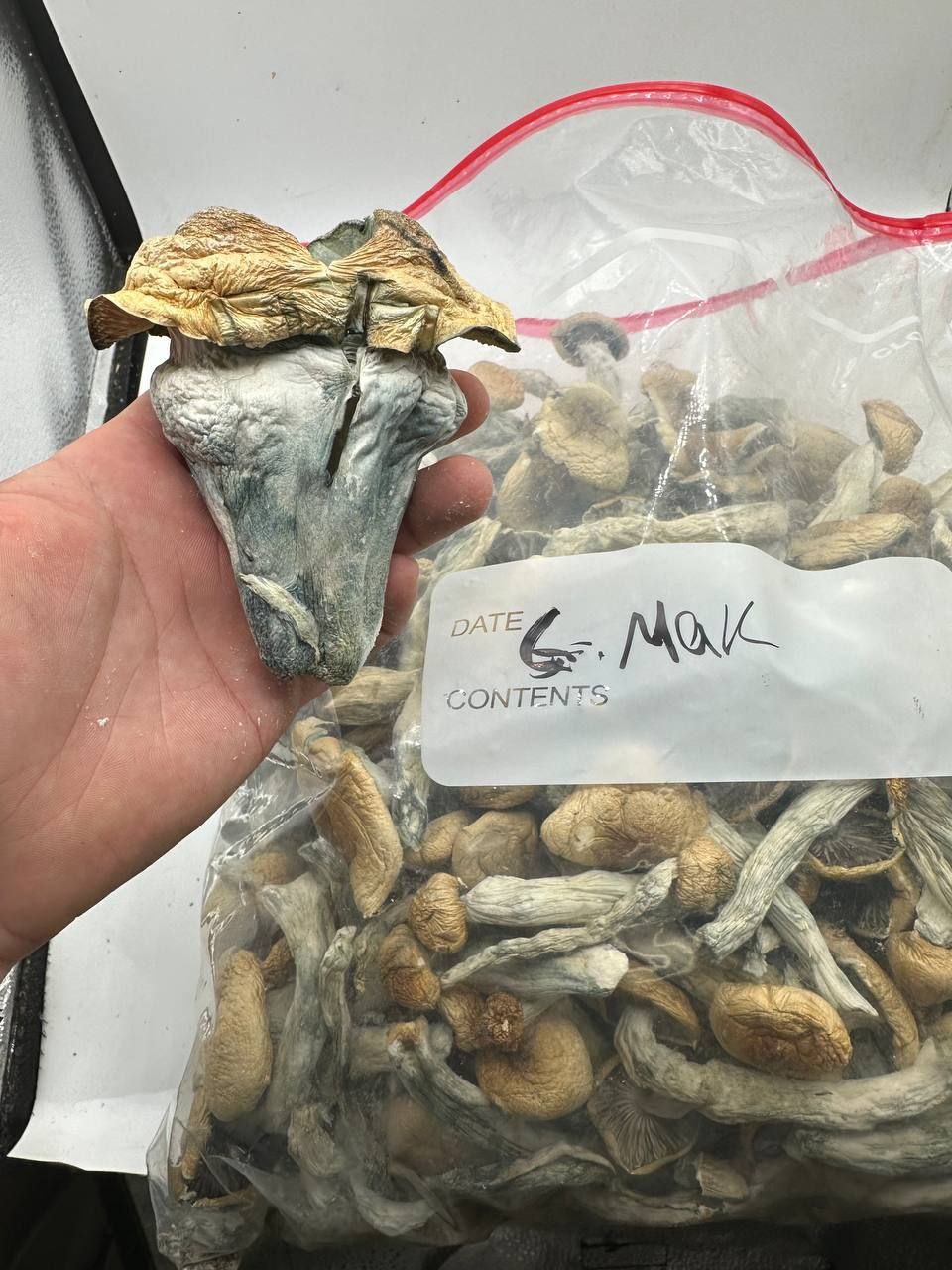
Defining Psychedelics and Hallucinogens:
Psychedelics and hallucinogens are both types of psychoactive substances. Psychedelics, such as LSD (lysergic acid diethylamide) and psilocybin (magic mushrooms), are known for their ability to produce altered states of consciousness, vivid sensory experiences, and profound introspection.
Psychedelics, are a class of substances that alter perception, cognition, and mood. They produce profound changes in thoughts, emotions, and sensory experiences. Magic mushrooms, or psilocybin mushrooms, are a type of psychedelic that contains the active compound psilocybin. When ingested, psilocybin is converted into psilocin, which interacts with serotonin receptors in the brain, leading to altered perception and a range of subjective effects. Magic mushrooms have been used for centuries in various cultural and spiritual practices. They can induce hallucinations, euphoria, introspection, and a sense of connectedness. However, it is important to note that the use of magic mushrooms and other psychedelics should be approached with caution and in a safe and responsible manner.
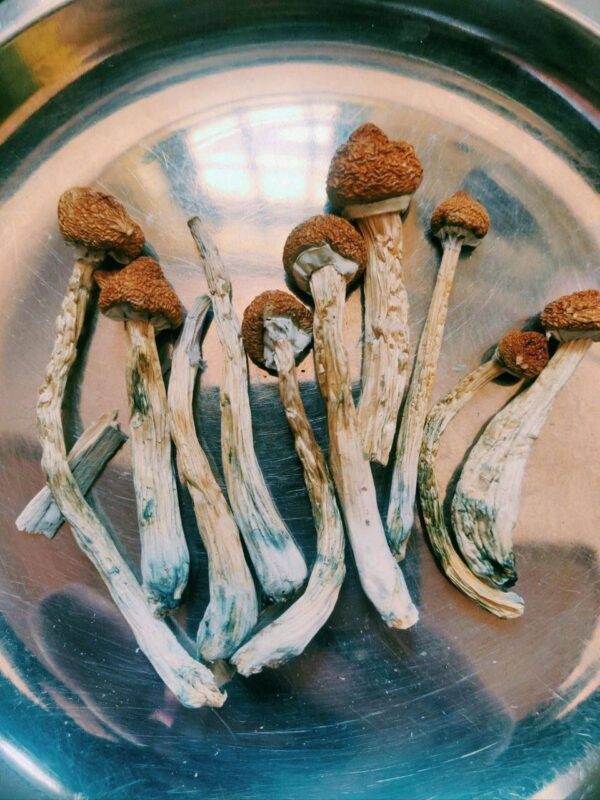
Hallucinogens, on the other hand, encompass a broader category of substances that induce hallucinations, including psychedelics, dissociatives (e.g., ketamine), and deliriants (e.g., Datura).
Hallucinogens, also known as psychedelics or hallucinogenic substances, are a class of drugs that alter perception, cognition, and mood. They can produce profound changes in thoughts, emotions, and sensory experiences. Hallucinogens work by primarily affecting the serotonin system in the brain, leading to altered states of consciousness. Common examples of hallucinogens include LSD (acid), psilocybin, DMT, mescaline, and MDMA (ecstasy).
Mechanisms of Action:
Psychedelics primarily work by activating serotonin receptors in the brain, particularly the 5-HT2A receptor. This leads to an increased release of neurotransmitters like serotonin, resulting in altered perception, enhanced emotions, and a sense of interconnectedness. Hallucinogens, on the other hand, have diverse mechanisms of action, including modulating glutamate receptors, inhibiting reuptake of neurotransmitters, and interacting with various receptor systems.
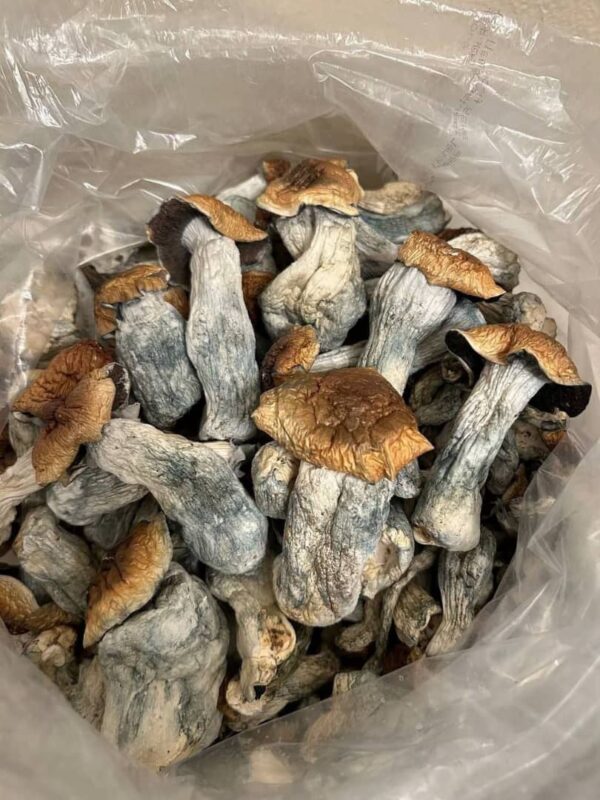
Benefits of Psychedelics:
Research on psychedelics has shown promising results in various therapeutic applications. Studies have demonstrated their potential in treating mental health conditions such as depression, anxiety, PTSD, and addiction. Psychedelics have been found to facilitate profound spiritual experiences, enhance creativity, and improve overall well-being. They are also being explored for their potential to aid in end-of-life care and promote existential well-being.
Benefits of Hallucinogens:
While hallucinogens can induce hallucinations and altered states of consciousness, their potential benefits are more varied and context-dependent. Ketamine, for example, has been used as an anesthetic and has shown promise in treating treatment-resistant depression. It has also been researched for its potential to rapidly alleviate symptoms of suicidal ideation. Additionally, hallucinogens like DMT (N,N-Dimethyltryptamine) have been used in traditional shamanic
For any more information concerning Psychedelics please do contact us

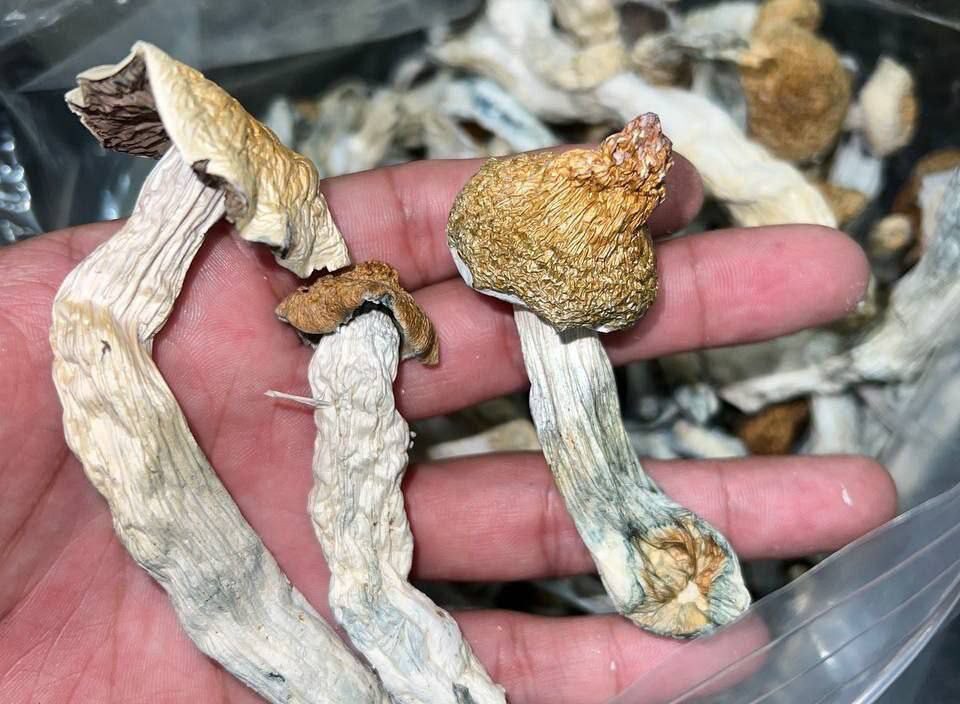


Leave a comment